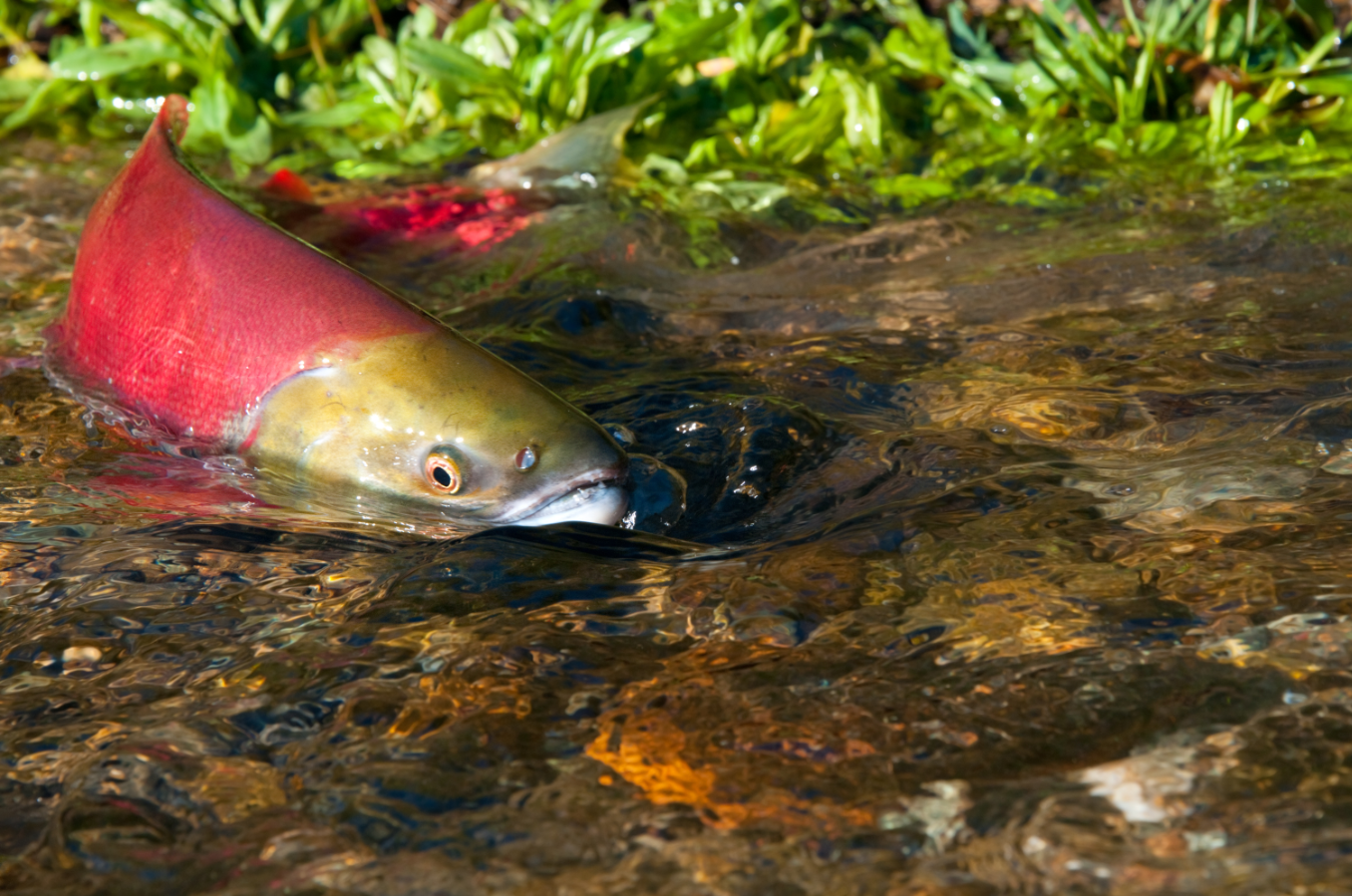Most early work on infectious disease in salmon was limited to the fish closest at hand — those bred in hatcheries. “It [infectious disease] was only a problem in cultured fish, because that’s all they studied,” says Kristi Miller, a biologist at Fisheries and Oceans Canada. Wild salmon were more challenging. When it came to disease, researchers usually only saw dead fish and they rarely saw juveniles, which face some of the largest mortality risks. If researchers did see live fish, the technique of sampling large schools meant that they probably missed fish that were in especially poor health.

Few environment problems in the Salish Sea have been studied more than the steep decline in salmon populations. But one potential contributor to these declines has gained less attention. Scientists say infectious disease may play a wider role than previously understood.

When Miller, who studies immunogenetics and fish health, began to look more closely, her data started to show some intriguing patterns. Early findings pointed to high amounts of infectious disease in wild fish, which led her to develop molecular assays and other tools to study the problem in more depth.
The data showed that temperature was the greatest factor, with even modest increases resulting in increased abundance and prevalence of pathogens.
Instead of starting narrow with a single pathogen, Miller took a funnel approach looking at bacteria, viruses, and fungal and protistean microparasites. She then tried to hone her focus on the most important infectious agents. Her study found up to 60 pathogens in more than 27,000 wild and hatchery fish collected from freshwater rearing habitats, downstream migration, and during their first nine months of marine residency. All of Miller’s work has been around Vancouver Island and up the British Columbia coast.
The data showed that temperature was the greatest factor, with even modest increases resulting in increased abundance and prevalence of pathogens. In one case, the prevalence of the microsporidian parasite, Paranucleospora theridian, went from 0-25 percent to 75-100 percent with just 0.5 standard deviation below and above average temperature. Miller’s team also found that some populations of fish were more robust than others and that different temperatures had different effects.
Recently, Miller’s team has developed a novel method — what they call a salmon Fit-Chip — to help further tease out the cumulative effects. Working with live fish, they identified and validated what she calls “curated biomarker panels,” which can help pinpoint thermal, osmotic, and hypoxia stressors, as well as different disease states. They were able to identify more than dozen different unknown viruses and begin to see which viruses can be carried without being problematic. “What’s most exciting is that we’ve identified a group of genes that are activated as salmon are dying. When they are activated they are highly predictive of morbidity within 48 to 72 hours,” says Miller.
Her ultimate goal is two-fold: Pinpoint what stressors are present that cause higher morbidity, and then can work to mitigate the problems. “We can’t change temperature or migration routes but if we can understand environmental stressors, we can identify the better places and the places to avoid,” she says. That information might simply be enough to help. In places where survival rates have plummeted to less than one percent for stocks in some years, even a slight rise of two percent could take fish from the point of extinction to sustainable population.

